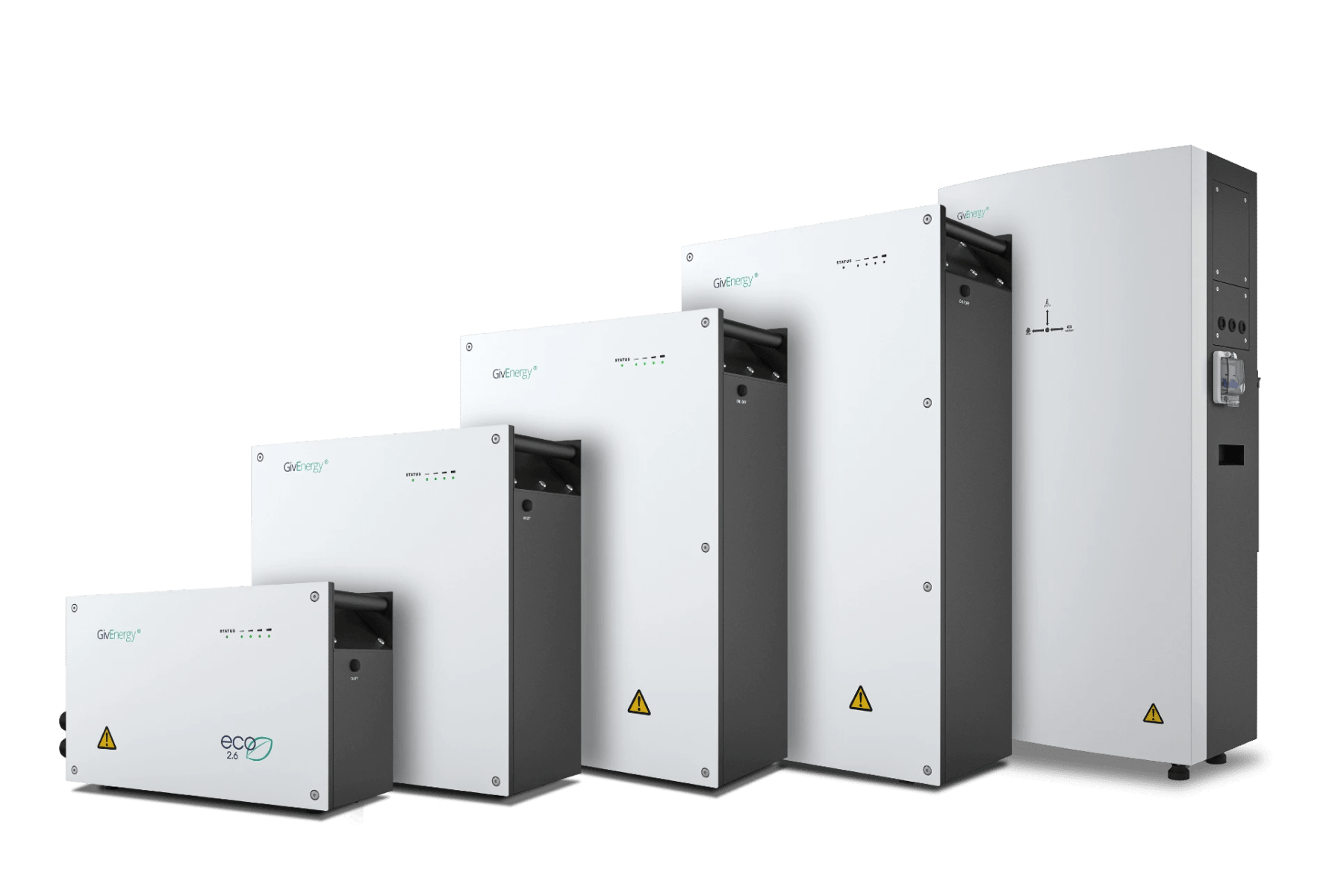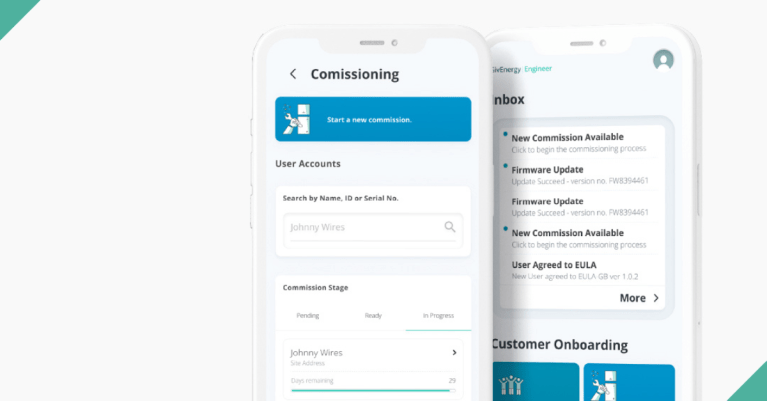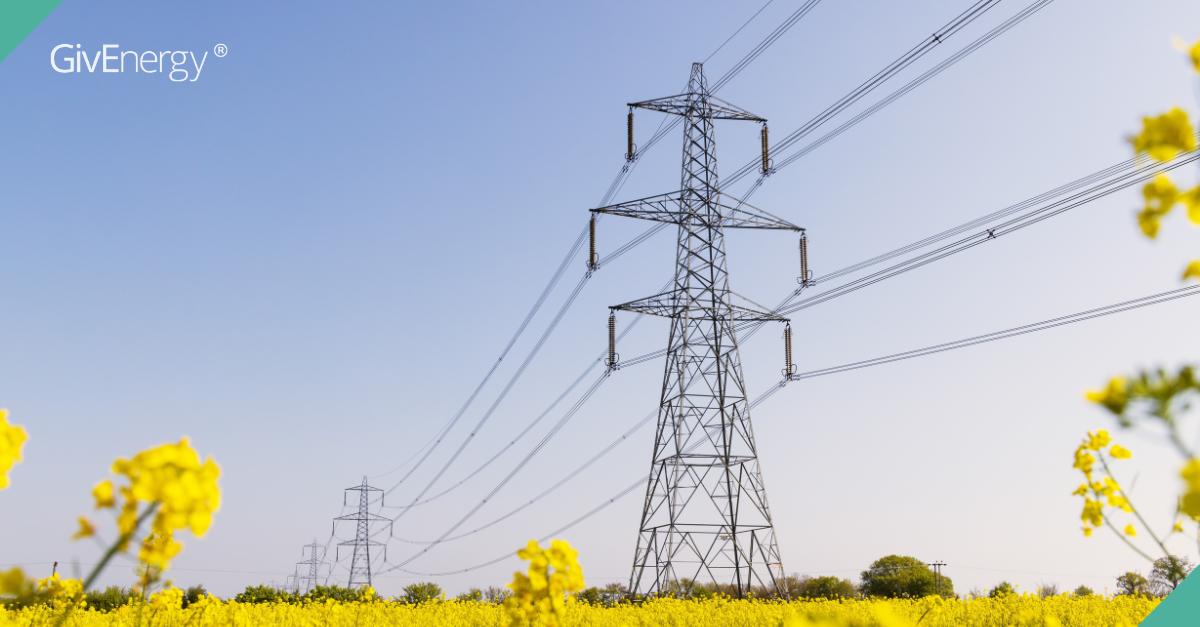A new report has outlined the potential of energy demand flexibility for the electricity grid in Great Britain.
Co-authored by Centre for Net Zero, the report models future energy scenarios up to the year 2050.
Key findings show that domestic flexibility can:
- Unlock up to 30TWh of additional renewable generation annually from 2030 (UK households used 96.25TWh of electricity in 2022), reducing reliance on fossil fuels
- Reduce peak demand by shifting around 30% of electricity usage out of peak demand load by 2030
- Reduce system costs by around £5bn every year by 2035, and a total of £95bn from 2025-2050
- Manage the increase in electricity demand from EVs and heat pumps
Click here to read the full report.
How you can play your part
The mention of ‘consumer flexibility’ is of particular interest to us at GivEnergy.
The report notes that ‘the ongoing rollout of electric vehicles (EVs), heat pumps, and batteries… gives households the opportunity to contribute.’
There is specific emphasis on aligning times of EV charging with grid needs, and deploying flexible heating supported by heat batteries.
Here are some ways you can play your part in energy demand flexibility (the ability to reduce energy usage and shift usage to when energy is cleaner, cheaper, and more abundant):


- Battery storage with renewable technology – allowing you to store energy generated from solar panels, a wind turbine for home, or other renewable technology
- Standalone battery storage – charge during cheaper off-peak hours, and discharge during more expensive peak hours, helping to reduce strain on the grid
- Smart charge your EV – choose an EV charger which is compatible with the grid, renewables, and battery storage, helping you to charge your vehicle in the cleanest and most energy-efficient way
Incentivising demand flexibility
During winter 2022-2023, the National Grid ESO (Electricity System Operator) introduced the Demand Flexibility Service – a scheme which rewarded users for shifting energy use away from peak hours.
The scheme returned for the winter of 2023-2024, and GivEnergy customers were able to take advantage.
GivBack was introduced in partnership with Axle Energy and allowed customers to get paid (at a rate of up to £2.10 per kWh) for exporting excess energy back to the grid during peak times.
At last count, some 4,000 customers took part in the GivBack scheme. Around 9.1mWh was sold to the grid – enough to power an EV for 32,760 miles.
Start your demand flexibility journey
Battery storage is a key part of the puzzle when it comes to demand flexibility.
The good news is that you can play your part. Install a battery storage system in your home or business.
Start your journey today by finding a GivEnergy-approved installer.
Further reading
- Battery storage – the heart of the low-carbon home
- Smart tariffs and home storage batteries: a match made in heaven
- GivEnergy launches adaptive new EV charger
- Introducing GivBack: a new way to earn cash from your battery this winter
- Retrofit storage batteries: the key to reducing demands on grid infrastructure








